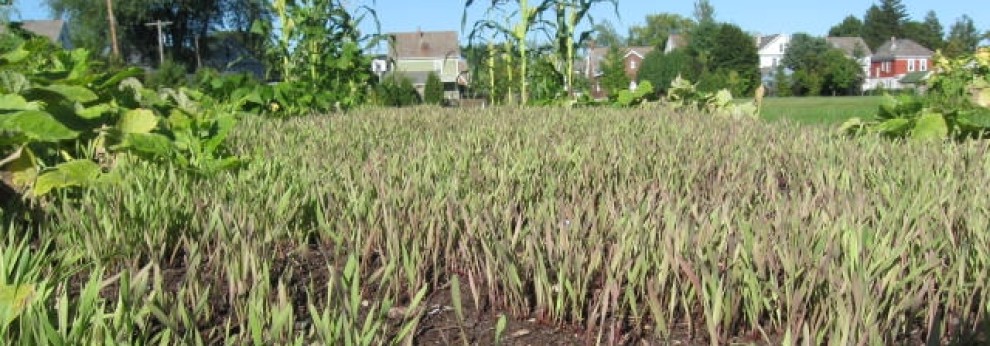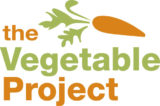 We launched a pilot project on Tuesday, June 12, to explore the feasibility of scaling up some composting efforts in schools where we work by collecting fruit and vegetable scraps from student lunches. And wouldn’t you know, the Biden administration announced a new strategy the very next day for keeping edible food out of landfills.
We launched a pilot project on Tuesday, June 12, to explore the feasibility of scaling up some composting efforts in schools where we work by collecting fruit and vegetable scraps from student lunches. And wouldn’t you know, the Biden administration announced a new strategy the very next day for keeping edible food out of landfills.
Did word of our initiative reach Washington on the day it was launched? Could we have spurred the federal government action? Well, maybe not. But awareness of great costs associated with wasted food is growing. Governments are increasingly requiring institutions and organizations that produce, sell or serve food to do more to get it onto plates or at least redirect what can’t be eaten away from municipal landfills or incinerators and toward composting efforts. And the educational opportunities offered by these redirection efforts seemed to us reason enough to pitch our pilot project to the guy in charge at Albany’s Myers Middle School.
 So here is what we are doing and what we are thinking right now:
So here is what we are doing and what we are thinking right now:
We – several members of the Vegetable Project team – are asking students in a single lunch period to place fruit and vegetable waste from their meals into a bright red garbage can that we brought into the school cafeteria. Everything else still goes where it already went. And we asked a school custodian to empty the organic material in our red garbage pail into our compost pen outside near our garden. And we’re returning to the cafeteria every day for two weeks to remind students of the protocol.
Then, before we would recommend starting the effort again in the fall with intention of keeping it going or perhaps instead ditching the idea, we are trying to determine whether everyone – kids and the custodial staff – would keep doing what we ask them to do after we pull back . We need to get a sense of how much material our pen can hold. And we need to figure out how much work we would be taking on.
 The good news is that everyone seems perfectly happy, at least in the short run, to take the small steps we are asking them to take. And so far, we seem to have the physical space for the material we are collecting. Harder questions to answer are whether the routine depends on our presence in the cafeteria, which we cannot sustain; whether we have the capacity to handle the flow of material; and whether we can build meaningful teaching and learning around collecting compostable fruit and vegetable scraps. It would also be nice if the professional educators gave us some signal that they see merit in the effort.
The good news is that everyone seems perfectly happy, at least in the short run, to take the small steps we are asking them to take. And so far, we seem to have the physical space for the material we are collecting. Harder questions to answer are whether the routine depends on our presence in the cafeteria, which we cannot sustain; whether we have the capacity to handle the flow of material; and whether we can build meaningful teaching and learning around collecting compostable fruit and vegetable scraps. It would also be nice if the professional educators gave us some signal that they see merit in the effort.
Without doubt, however, dozens or oranges are going straight into the trash without a single bite being taken on some days. And that doesn’t seem like a good situation.
–Bill Stoneman



